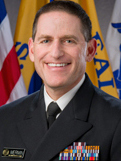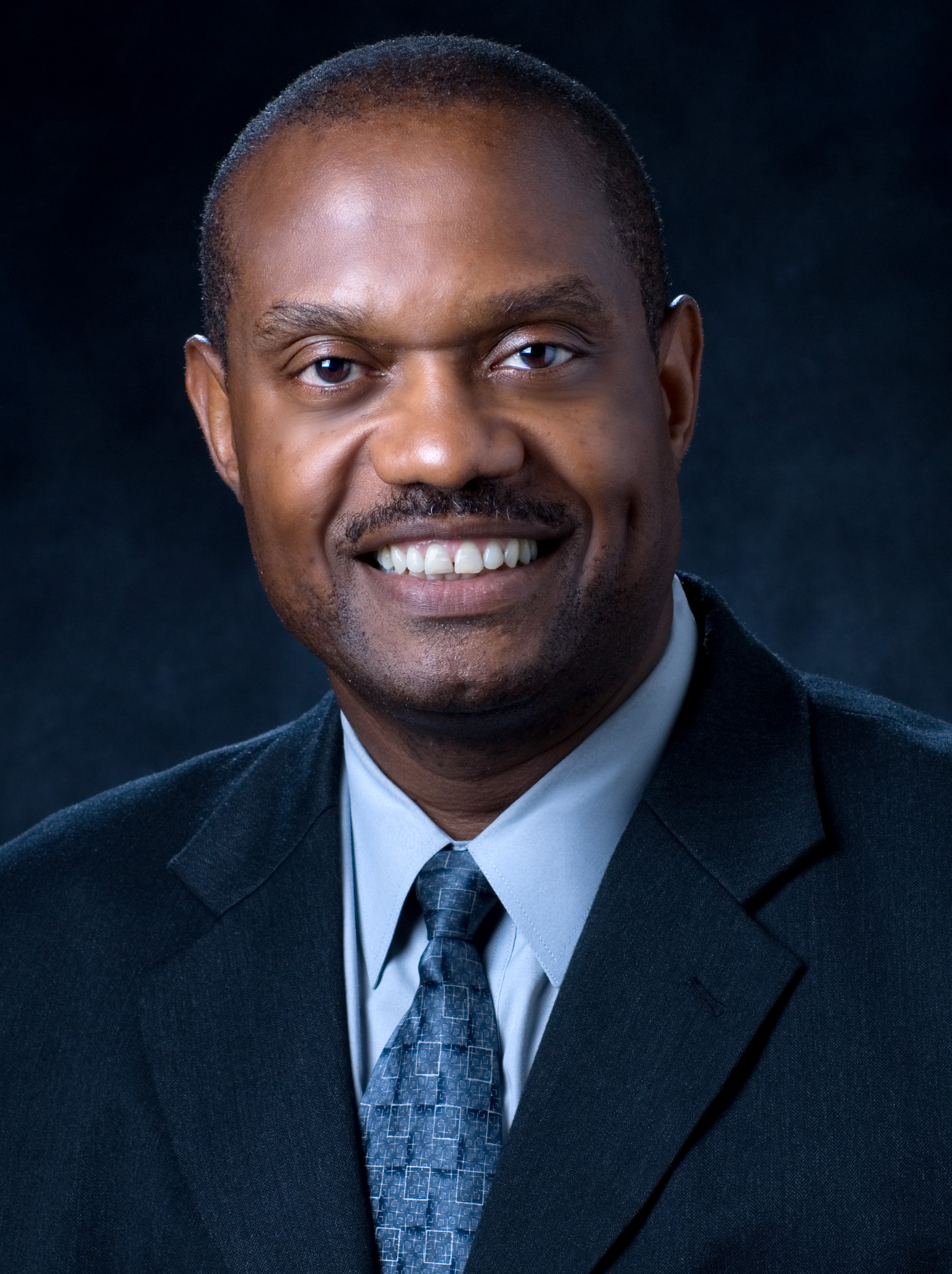National HIV Testing Day Efforts Increase HIV Testing but Testing Opportunities Still Missed During Most Health Care Visits
Topics

Today is National HIV Testing Day (NHTD), a day to raise awareness of the importance of HIV testing and to create events that make it easy to obtain an HIV test.
Currently, an estimated 87 percent of people living with HIV in the United States know of their infection. But there is still much work to do—HIV testing is the only way for the approximately 156,300 people living with undiagnosed HIV in the United States to learn their status so they can access life-extending HIV care and treatment.
CDC data published in last week’s MMWR show our collective efforts around National HIV Testing Day each year are paying off. Evaluation of National HIV Testing Day over a 4 Year Period: 2011-2014 found there were more CDC-funded HIV testing events and newly identified HIV-positive individuals during the month of June compared to other months of the year. Gay and bisexual men of all races and ethnicities and transgender persons had a greater number of newly identified positive HIV diagnoses in June compared with all other months—which further underscores the importance of promoting NHTD to not only increase HIV testing among all populations, but in reaching populations who are at highest risk for HIV infection.

While a substantial number of people were tested every year as a result of events leading up to NHTD, a second MMWR analysis, Healthcare Utilization and HIV Testing of Males Aged 15-39 in Physician Offices: 2009-2012, reveals there are many missed opportunities for testing young men during healthcare visits. These data showed that males aged 15 to 39 years averaged 66,905,523 annual visits to physician offices. However, HIV testing was performed at only 1% of those visits. There were differences by race/ethnicity, as well as by age: white males visited the doctor more often than African American or Hispanic males (1.6 visits per year per person for white males, vs 0.9 for African American males, and 0.8 for Hispanic males), but were tested for HIV less frequently (an HIV test was performed at only 0.7% of visits made by white males to physician offices, compared to 2.7% for black males and 1.4% for Hispanics). HIV testing rates were higher among those aged 20-24 years (1.7%) and 25-29 years (1.8%) compared to those aged 15-19 (0.6%) and 35-39 (0.6%).
HIV testing is the critical first step to obtaining care and treatment. Testing during physician office visits can facilitate immediate initiation of antiretroviral medications for HIV treatment if the test result is positive, and knowing one has HIV is associated with reduced HIV risk behavior. For those whose test result is negative, there are more prevention tools available today to prevent HIV than ever before, including pre-exposure prophylaxis for those at substantial risk of getting HIV. CDC recommends that all adolescents and adults get tested at least once for HIV as a routine part of medical care. All sexually active gay and bisexual men should get tested yearly, while some gay and bisexual men and others at high risk may benefit from more frequent testing.
It is essential that providers know how they can protect their patients and give them the tools they need to protect themselves. This is why CDC has created specific campaigns for clinicians, including HIV Screening. Standard Care and the recent continuing medical education course Serostatus MattersExit Disclaimer, to help healthcare providers incorporate routine HIV testing into their practices. CDC also launched Doing It, a national HIV testing and prevention camping designed to motivate all adults to get tested for HIV and know their status. Things You Can Do to Promote HIV Testing Day is another resource with links and ideas to help get the word out.
By focusing HIV testing efforts on health care settings and community venues, we can help identify persons newly diagnosed with HIV, link more people to HIV care, and ultimately achieve the goals of the National HIV/AIDS Strategy. On National HIV Testing Day and throughout the year, please join us in our efforts. Together, we can reduce the toll of HIV in the United States.